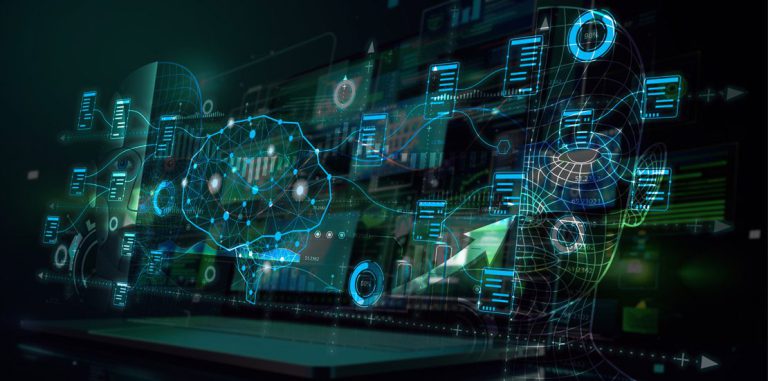[vc_row full_width=”stretch_row” el_class=” ” css=”.vc_custom_1607322223440{background-position: center !important;background-repeat: no-repeat !important;background-size: cover !important;}”][vc_column][stm_sidebar sidebar=”9670″][/vc_column][/vc_row][vc_row full_width=”stretch_row” css=”.vc_custom_1559808754695{background-position: center !important;background-repeat: no-repeat !important;background-size: cover !important;}” el_class=”CustomPageTitle”][vc_column][vc_column_text]
[post_title]
[/vc_column_text][stm_post_details][stm_post_bottom][/vc_column][/vc_row][vc_row][vc_column width=”3/4″][vc_column_text]In the last few years, Internet of Things (IoT) has emerged as a leading technology, offering solutions to a wide range of industries. Whether it’s home automation, healthcare or manufacturing, IoT-based applications are fast becoming popular. The Oil & Gas industry, too, has leveraged Industrial Internet of Things to its advantage.
Here’s a quick look at some of the ways in which the Oil & Gas industry has used sensor embedded equipment, cloud-enabled devices, apps and analytics, and related technologies to make things more efficient.
Automating Remote Operations
At a time when well drilling and completion complexities are increasing and field experts are becoming scarcer, automation offers many benefits. Delegating work to computers eases a lot of these problems and streamlines the process to make it effective and efficient.
Enabling Massive Data Collection
Industrial Internet Technology can tackle large-scale collections of data across an entire site. It then processes this data and offers insights that can lead to better decision making related to factors like location of wells and optimal operating conditions.
Integrating Analytics
IoT Analytic platforms are especially useful in providing real-time analytics that directly drive process improvements and production optimization. Every smart machine within every system gets connected, after which, data is driven up to site busses and eventually into the cloud or control centers for consolidation at the application level.
Securing Operations
Some IoT powered platforms and solutions provide complete security protection for data flows. It also makes it easy to combine both detection and prevention of program defects and anomalies. In many cases, the process can provide fairly accurate estimates of success or failure, thereby eliminating trial and error.
Also Read: Top IoT Vertical Markets
Replacing Special Software with Industrial IoT Platforms:
Replacing all previous low-level communications programming with high-level data-centric interfaces is an essential aspect of adopting to the Internet of Things. This approach shortens application development time and eliminates unnecessary lines of code.
Also Read: Use Cases: Smart Digital Oilfield Solutions
A really exciting potential of IoT is to create bold new intelligent machines and vastly distributed systems. It offers controlled access to exactly the right data as well as extreme reliability, security, and scalability that is needed by real-world infrastructure.
The future of IoT must integrate these proven applications into larger systems-of-systems that bring the power of cloud analytics and business intelligence to industrial systems. This is the core vision of the Industrial Internet of Things. It provides both the extreme capabilities required by intelligent machines and the needed integration to extend to cloud-based analytics and optimization.[/vc_column_text][/vc_column][vc_column width=”1/4″][stm_sidebar sidebar=”527″][/vc_column][/vc_row][vc_row][vc_column][stm_post_comments][stm_post_bottom][vc_empty_space][/vc_column][/vc_row]


